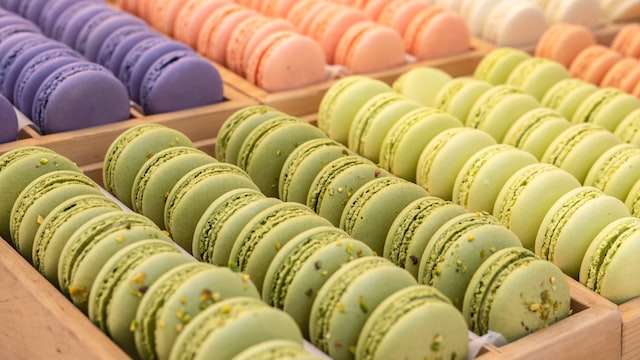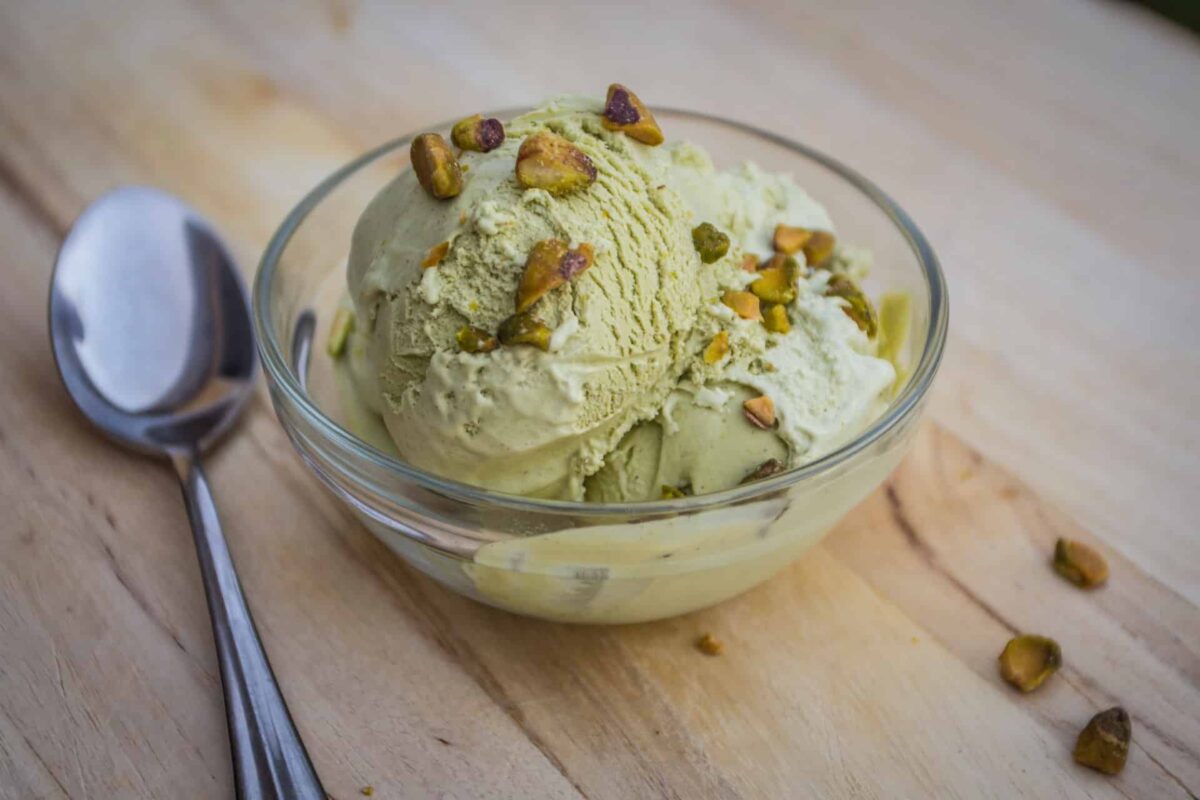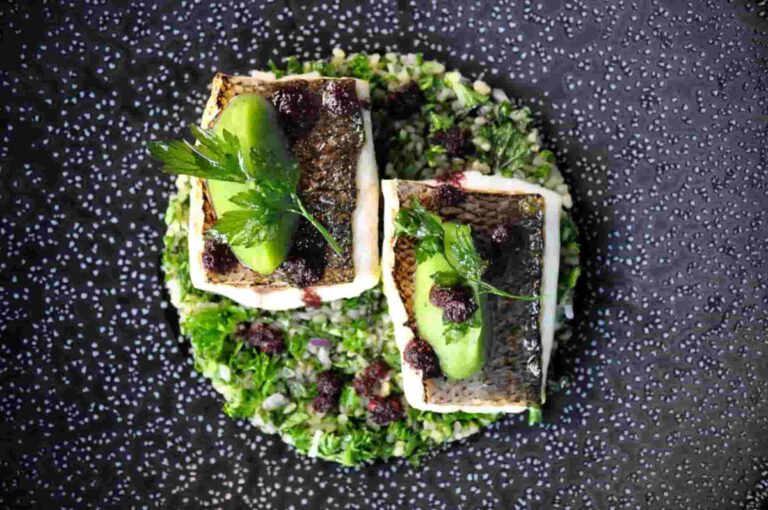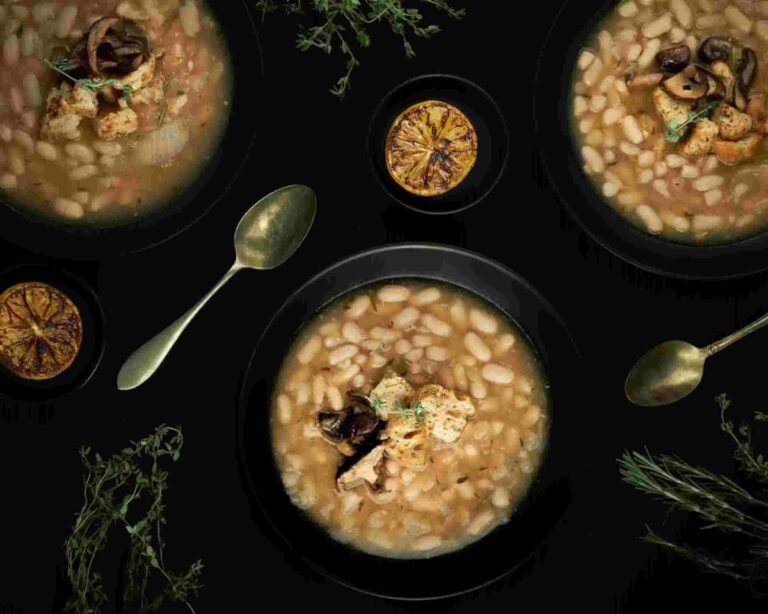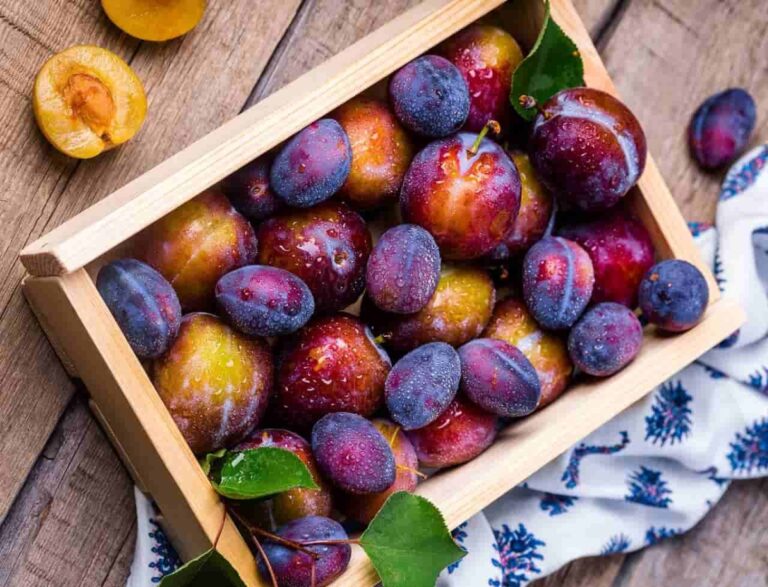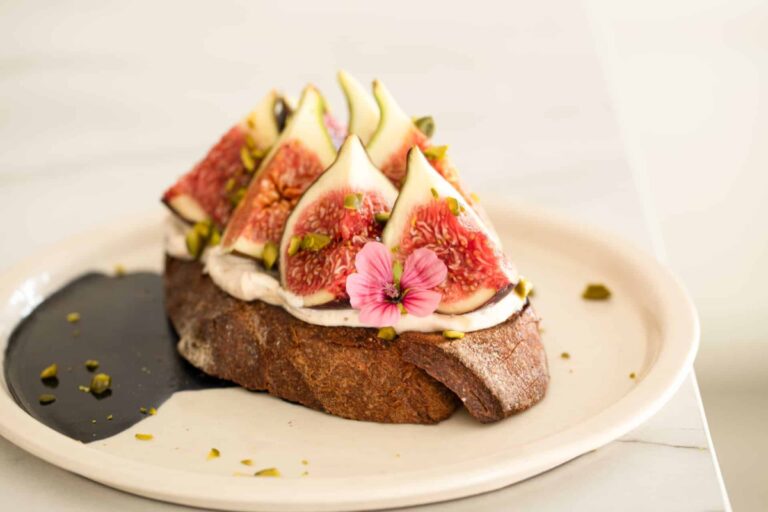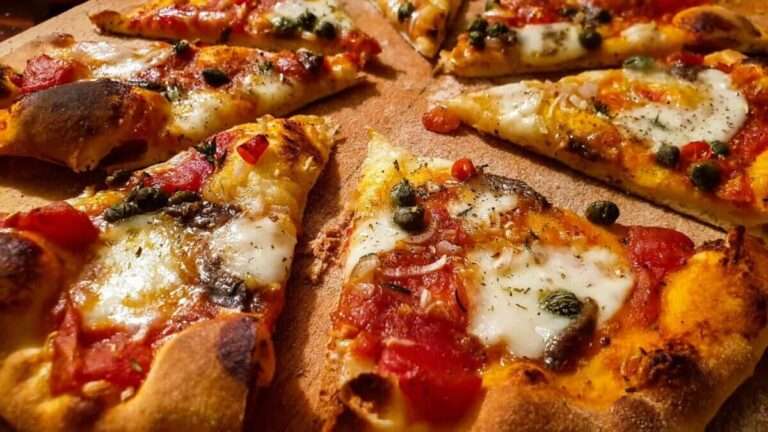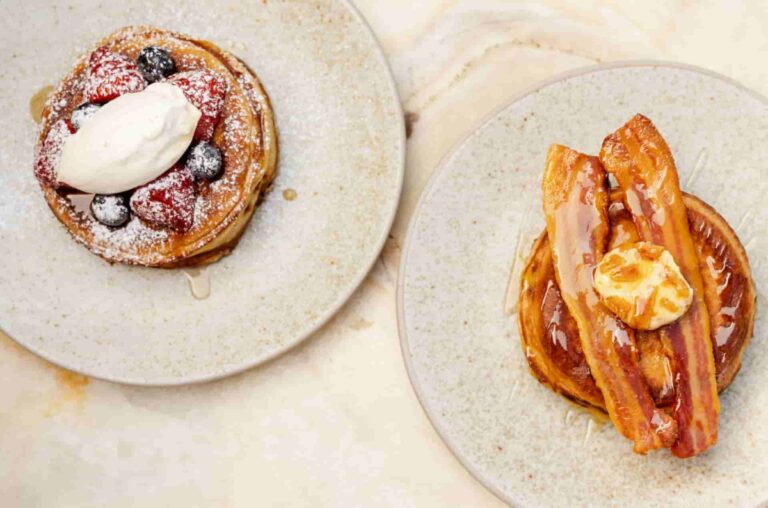Pistachios 101-kitchen insights and benefits
Did you know that the term “happy nut” originates from China and refers to pistachios?
- Pistachios are referred to as the “happy nut” in China and the “smiling nut” in Iran. Both names come from the fact that the nut seems to be smiling while it is inside of its shell. Since they represent health, happiness, and good fortune, the nuts are often presented as gifts during the Chinese New Year. The occasion is known as the Spring Festival.
- The sound of a pistachio nut being cracked is considered to be a sign of good luck in both Israel and Russia. Couples in the Middle East would meet beneath pistachio trees and wait for the nuts to tell them whether or not their relationship was going to be successful. If the nuts told them that their relationship was going to be successful, it meant that they would have a happy relationship.
- Pistachios were initially brought to Rome by Emperor Vitellius, who reigned in the first century A.D. Pistachios are mentioned in the Roman cookbook known as Apicius, which dates back to the 5th century A.D. and might be thought of as the equivalent of Julia Child’s Mastering the Art of French Cooking.
- On February 26th, the United States celebrates pistachios and anything pistachio-related. Today is the National Day of Pistachios! It is a day set out especially for pistachio fans, during which they are permitted to indulge in their nut of choice without restriction. A joyous event and an excellent pretext for indulging in unadulterated pistachios, a delicious pistachio dessert, or the creation of an original pistachio dish!
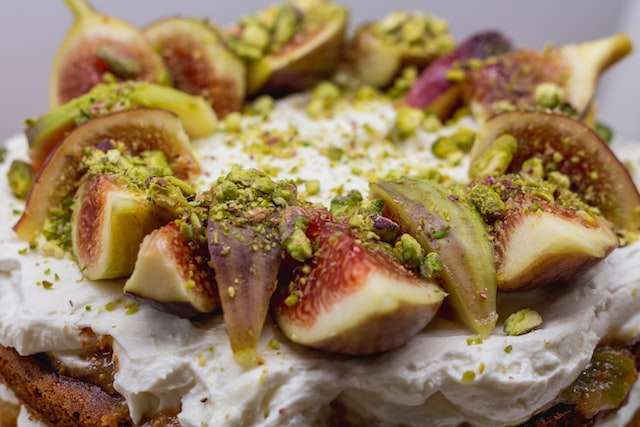
Pistachios nutrition values and health benefits
- Pistachios are notable because they are one of the few foods that are very rich in vitamin B6. Vitamin B6 is essential for the production of haemoglobin, the protein in red blood cells responsible for transporting oxygen across the body, and for the regulation of blood sugar levels. Pistachios are an excellent source of potassium, and one tablespoonful has more fibre than half of a large banana.
- When it comes to your health, antioxidants are a must. Its role in preventing the onset of illnesses like cancer is crucial, and they do this by shielding cells from outside influences. When compared to other nuts and seeds, pistachios contain much more antioxidants. Indeed, only walnuts and pecans top them in terms of concentration.
- As far as antioxidants go, pistachios have the highest content of lutein and zeaxanthin of any nut. They protect your eyes from harmful blue light and age-related macular degeneration, a condition that leads to a gradual loss of central vision with age.
- As a percentage of their entire weight, protein in pistachios is second only to that of almonds. As compared to other nuts, they have the highest concentration of essential amino acids (protein building blocks). Because your body can not make them, you need to get them from food to function properly, hence these amino acids are very necessary.
- On the other hand, certain amino acids are considered semi-essential since they may be required depending on the individual’s health status. Pistachios are rich in protein and include a considerable amount of the semi-essential amino acid L-arginine (which makes up around 2% of the total amino acids in pistachios). It is converted to nitric oxide in the body, which causes the blood arteries to dilate and improves blood supply to the organs.
- Nuts, however heavy in calories, are really one of the best meals for weight reduction. Although though few studies have examined the effects of pistachios on weight reduction, the results of the ones that have are promising.
- Because of their high protein and fibre content, pistachios keep you feeling satisfied for longer, so you eat less. It is possible that pistachios’ weight-loss properties come from the fact that their fat content is not fully absorbed.
- One serving of pistachios (3 ounces/100 grammes) is a great way to get your daily dose of fibre. Whilst most dietary fibre is eliminated unchanged from the body, prebiotic dietary fibre is broken down by beneficial bacteria in the digestive tract (probiotics).
- There are many mechanisms by which consuming pistachios might reduce one’s chance of developing heart disease. Pistachios, which have a high concentration of antioxidants, may reduce cholesterol and improve blood pressure, hence lowering the risk of cardiovascular disease. Pistachios have been linked in many studies to reduced cholesterol.
- Pistachios have a higher carbohydrate content than the majority of other nuts, but they have a low glycaemic index, thus they do not cause large spikes in blood sugar. Pistachio consumption has been linked to lower levels of glucose in the blood, which is maybe not surprising.
100g of pistachio has 562 calories (2351kj), 20g protein, 45g fat, and 28g carbs, including 10g fibre.
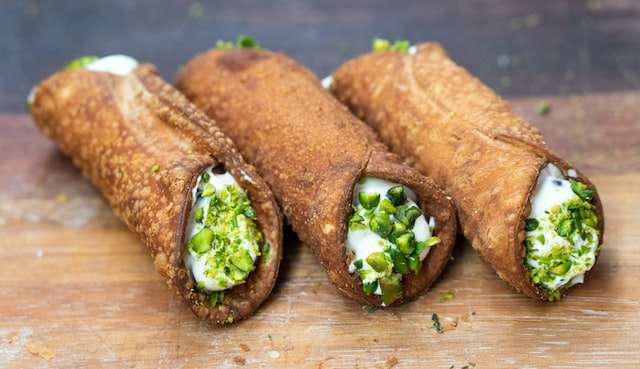
How to store pistachios and how to buy them
- Pistachios are delightful as a snack or an ingredient in a wide variety of dishes, and they also have a high nutritional value. This highlights the need of maintaining a secure storage environment for them. If you want to maximise your return on investment, you need to store your items correctly. Pistachios are at their freshest and most affordable from September through November, although you can get them at most grocery shops year-round.
- Refrigeration is the optimal storage environment for pistachios if you do not intend to consume them all immediately. You can keep them fresh for up to a year if you keep them in an airtight container (such a Ziploc bag, Tupperware container, or jar with a tight-fitting top). If you do not store them in an airtight container, they may become soggy and lose their crunch, so there is another good reason to do so.
- Pistachios in their shells may be stored for up to six months in the pantry or another cool, dark, and dry place; even longer in the fridge. If the package has already been opened, transfer the contents to another, airtight container before sealing the original box. As pistachio kernels only stay fresh for about 3 months in the pantry, it is best to store them in an airtight container in the fridge.
- If you buy a box of nuts without opening it, check the “use by” date to be sure they are still edible. The printed date may be used as a guide for estimating how long the nuts will keep at room temperature. Pistachio nuts, like all other types of nuts, are easily damaged by exposure to high temperatures. To put it simply, oils that have been heated too much for too long can become rancid.
- Nuts should be stored in a cool, dark place away from any heat sources like a stove, oven, or space heater. Avoid losing track of your pistachios on a cross-country summer road trip by placing them in the passenger seat rather than the trunk.
- A freezer is preferable than a refrigerator for storing food for an extended period of time. Pistachios in their shells may be frozen for up to two years without losing their flavour. Pistachio kernels are perishable and should be consumed within a year after purchase, even when frozen. To prevent spoilage, keep nuts in an airtight container. On the contrary of many other foods, nuts retain their quality even after being repeatedly frozen and thawed. After defrosting, if the pistachios are not as crisp as you would want them to be, you may toast them in the oven for 10 to 15 minutes at 200 degrees Fahrenheit.
- Pistachios that have gone bad often exhibit a number of symptoms, including:
- shrivelled, dried out nutmeat
- mould on the surface of the pistachios
- bugs in the packaging
- Throw away the nuts if any of these conditions are met.
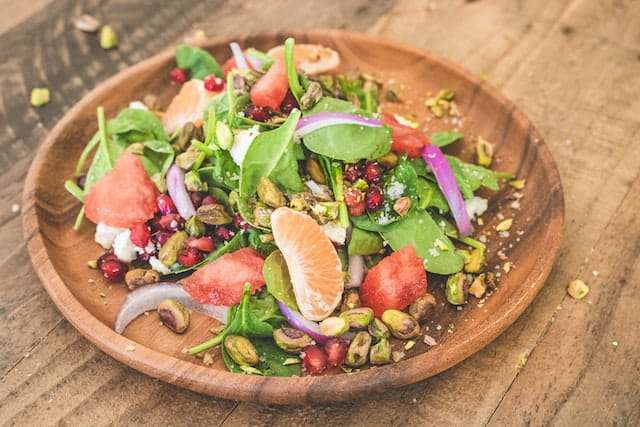
Cooking techniques, secrets, and tips from the kitchen
- Pistachios that have been shelled and are either diced or left whole are a common topping for salads. It is also possible to purée pistachios and blend them with oil and herbs in order to create a creamy salad dressing. The addition of pistachios to salads not only gives them a wonderful texture but also elevates the flavour of the salads to a new level.
- Raw or roasted pistachios are the two most common ways for people to enjoy this nut, but you may also eat them raw. They have a satisfying crunch, a delicious flavour, and are extremely simple to consume. If you are eating shelled pistachios, all you need to do to prepare them for consumption is remove the shell. Pistachios may be purchased either in their natural state or already shelled at grocery shops.
- The addition of ground pistachios to bread dough will result in the dough being thicker and will also provide more protein. In addition to this, it imparts a pleasant flavour to the bread dough and provides a number of other nutrients and requirements in addition to the protein that was previously stated.
- Pistachios are a versatile component. They are versatile enough to be utilised in practically any recipe, including sauces. Pistachios that have been crushed up are often used as the foundation for sauces and dips, such as pistachio-yogurt sauce. They improve both the flavour and nutritional value of the sauces.
- Turkish nutty and sweet baklava, which is made with pistachios, has the ideal combination of a crispy outside and a chewy inside. Although though it is incredibly decadent, since it is produced from natural ingredients, it is a better choice for your health than other manufactured sweets that are loaded with preservatives and flavourings that are not found in nature.
- This recipe calls for very few ingredients, the most significant of which is phyllo dough, which can be found in the freezer section of any well-stocked grocery store close to where pie crusts and other readymade doughs are sold.
- The use of clarified butter or ghee, which is used to brush the dough and moisten the nuts, is the second most crucial element for the proper preparation of baklava. Butter that has been melted plainly might catch fire very rapidly, which can spoil the dessert. After the removal of particulates and water during the manufacturing process of ghee, the liquid that is produced is a pure fat with a high smoking point that is excellent for brushing over this kind of dough.
- It is simple to create your own nut butter at home with only two components, and you do not need to spend a small money on sophisticated nut butter at the grocery store. This simple recipe for pistachio butter may be made with the time-saving convenience of shelled pistachios or, if you are ready to put in a little additional work, using unshelled pistachios. Use pistachios that have already been roasted for a step that will save you time. In this technique, all you have to do to make pistachio butter is purée the nuts until they reach the consistency of a luxury butter. If you put it in a container that does not let air in and put it in the fridge, you will have an upmarket item that is ready to use in any of your favourite dishes or as a delectable snack.
- Pistachio custard cake is a striking dessert to bring to a party or potluck because it is colourful, it is moist, and it has a rich texture. In addition to that, it is a simple cake. The components are simple, consisting of lemon-lime soda and oil, with sour cream adding an additional layer of moistness to the whole product. You may use either a white or a yellow cake mix, and if you want the cake to have a more vibrant green hue, you are welcome to add a few drops of green food colouring to the batter. The crisp texture of the cake is due to the use of chopped pistachios, both in the cake itself and in the topping. If you prefer walnuts or pecans, you may finely chop them and use them as a topping. If you want a more dramatic topping, you can roast coconut or shave chocolate.
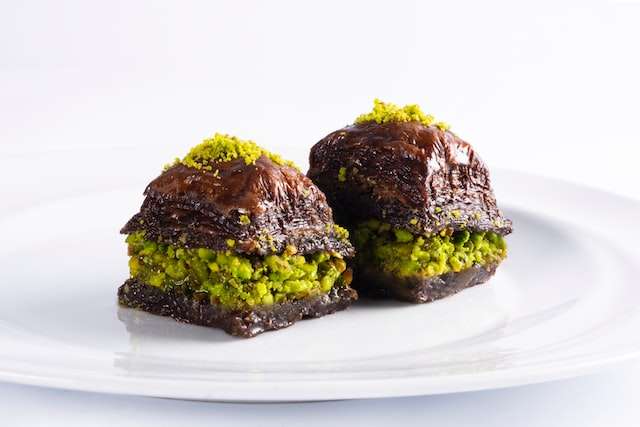
History of pistachio from the beginning until today
- Archaeologists say that evidence of pistachio farming was discovered at an excavation site in Jerome, which is located in the north-eastern part of Iraq. The evidence dates back to 6750 BC. According to historical documents from the time period, the hanging gardens of Babylon were said to have had pistachio trees during the reign of King Merodach-Baladan, which occurred sometime around the year 700 BC.
- The Queen of Sheba is said to have proclaimed pistachios to be a royal delicacy and even went so far as to forbid commoners from growing the nut for their own use. According to the tale, she did this because she believed they were fit only for royalty. Pistachio trees were among those that the ancient Babylonian emperor Nebuchadnezzar had planted in his famous hanging gardens, some of which are still there today.
- Around the first century AD, the emperor Vitellius brought this highly prized nut to the rest of the globe at Rome, which was then the capital city of the Roman Empire. In spite of the fact that Apices, who was considered to be Rome’s equivalent of Julia Child at the time, included pistachios in his ancient cookbook, he did not include any of the recipes in which he actually utilised nuts.
- It was not until the first century AD that the nuts made their way from Syria to Italy. From there, they spread across the Mediterranean area and even far afield. Pistachios were used by the Arabs in their dessert specialties such as Baklava, which is a rich delicacy formed from buttered phyllo dough alternately packed with nuts and baked until golden brown before being soaked in sweet syrup thereafter. Persian culinary secrets were passed down to the Arabs, who used pistachios in their dessert specialties.
- Syria was one of the most significant pistachio-growing areas in the world during the time of the Venetian Republic, and the Venetian Republic had great trading relations with Syria. The northern and central areas of Italy were served by the items as they made their way via the marine trade routes.
- At this time period (1880s), pistachios from other countries began to gain popularity in the United States, notably among immigrants from Middle Eastern countries. Pistachios were originally brought to the state of California in 1854 by Charles Mason, a seed trader who participated in experimental plantings. This event marked the first time the nut had been brought to the state.
- Iran and the United States were the two largest producers of pistachios in the world in 2019, accounting for 74 percent of the overall production. The global pistachio output was around 0.9 million tonnes. Primary secondary manufacturers like China, Turkey, and Syria were located in Syria.
- In addition to being eaten whole, either fresh or roasted and salted, pistachio kernels are also used in a variety of desserts and candies, such as pistachio ice cream, kulfi, spumoni, pistachio butter, and pistachio paste, as well as in confections such as baklava (with pistachio chocolate) and halva (with pistachio lokum or biscotti), and
